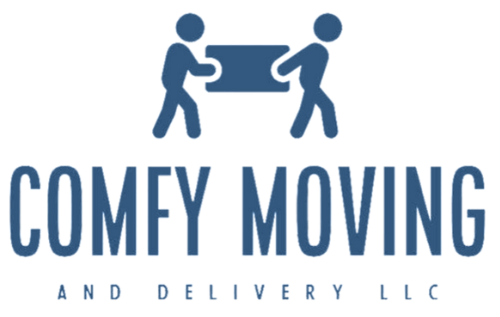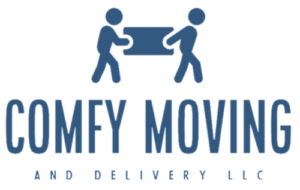How to Prepare Your Employees for Office Relocation
Office relocation can be a challenging task for any organization, not just in terms of logistics, but also when it comes to preparing your employees for the move. A well-planned relocation can minimize downtime and ensure your team transitions smoothly to the new environment. Here’s a comprehensive guide on how to prepare your employees for an office move.
1. Communicate Early and Often
The key to a successful office relocation is clear and transparent communication. Employees should be informed about the move as soon as possible. Provide details about why the relocation is happening, the benefits of the new office space, and how the transition will unfold. Make sure your team understands the timeline and what will be expected of them during the process.
Here’s what you should include in your communication plan:
- Reason for the relocation and benefits of the new office
- Timeline of the move
- Expectations from employees before and during the move
- Regular updates on the progress of the relocation
- Answers to common questions in a dedicated FAQ document
Host regular meetings to update employees on the progress of the relocation. Be open to feedback and address concerns. Clear communication can help reduce stress and anxiety related to the relocation.
2. Assign a Relocation Team
To ensure that the move is well-coordinated, it’s helpful to assign a relocation team. This group can include representatives from various departments to ensure that everyone’s needs are taken into account. The team should work closely with the moving company, IT staff, and other key stakeholders to plan the logistics of the move.
The relocation team can also serve as a point of contact for employees who have questions or concerns about the move. Having a dedicated group to oversee the process will help ensure that everything runs smoothly.
3. Provide Clear Instructions
Before the move, provide employees with clear instructions on what they need to do. For example, they may need to pack their personal belongings, label boxes, or back up important files. Providing a checklist can help employees stay organized and ensure that nothing is overlooked during the move.
If possible, offer guidance on how to pack efficiently. For example, employees should be encouraged to declutter their workspaces and dispose of items they no longer need. The more streamlined the packing process, the easier the move will be.
4. Address IT and Equipment Needs
One of the biggest challenges of an office relocation is ensuring that all technology and equipment are moved safely and set up correctly in the new location. Work closely with your IT department to ensure that computers, servers, and other equipment are handled with care.
To address IT needs properly:
- Ensure that all data is backed up before the move
- Coordinate with IT to disconnect and reconnect equipment
- Communicate any changes in the setup of workstations
- Confirm that internet and phone lines are functional in the new office
- Make sure employees have instructions for reconnecting devices if necessary
It’s also important to communicate with employees about how their technology needs will be addressed. Providing clear instructions will help prevent confusion and minimize downtime.
5. Familiarize Employees with the New Location
Before the move, give employees a chance to familiarize themselves with the new office space. If possible, organize a tour of the new location. This can help alleviate any anxiety about the move and allow employees to get a sense of the layout, parking, and nearby amenities.
If a tour isn’t feasible, consider providing a virtual tour or detailed floor plans. This will help employees feel more comfortable and prepared when they arrive at the new office.
6. Consider Employee Needs
Relocation can be disruptive, and it’s important to consider the impact it may have on your employees. For example, some employees may face longer commutes or need to make adjustments to their childcare arrangements. Be understanding of these challenges and offer support where possible.
You may also want to consider offering flexible work arrangements during the transition period. Allowing employees to work remotely for a few days before or after the move can help reduce stress and ensure that business operations continue smoothly.
7. Create a Positive Atmosphere
While moving can be stressful, it’s also an opportunity to create excitement about the new office space. Highlight the benefits of the new location, whether it’s improved facilities, more space, or a better working environment.
Consider organizing a welcome event at the new office, such as a lunch or team-building activity, to help employees settle in. Creating a positive atmosphere around the move can boost morale and make the transition more enjoyable for everyone.
8. Prepare for the First Day in the New Office
The first day in a new office can be overwhelming, but with the right preparation, it can also be a smooth transition. Ensure that all essential services, such as internet and phone lines, are set up and ready to go before employees arrive.
Provide employees with clear instructions on where to find their workstations and any new procedures they need to follow. Having a designated point person on-site to address any issues or concerns will help the day go more smoothly.
Conclusion
Office relocation doesn’t have to be a stressful experience for your employees. By communicating clearly, planning thoroughly, and providing support throughout the process, you can ensure a smooth transition to your new office space. A well-prepared team will be more productive and ready to embrace the opportunities that come with a new working environment.









